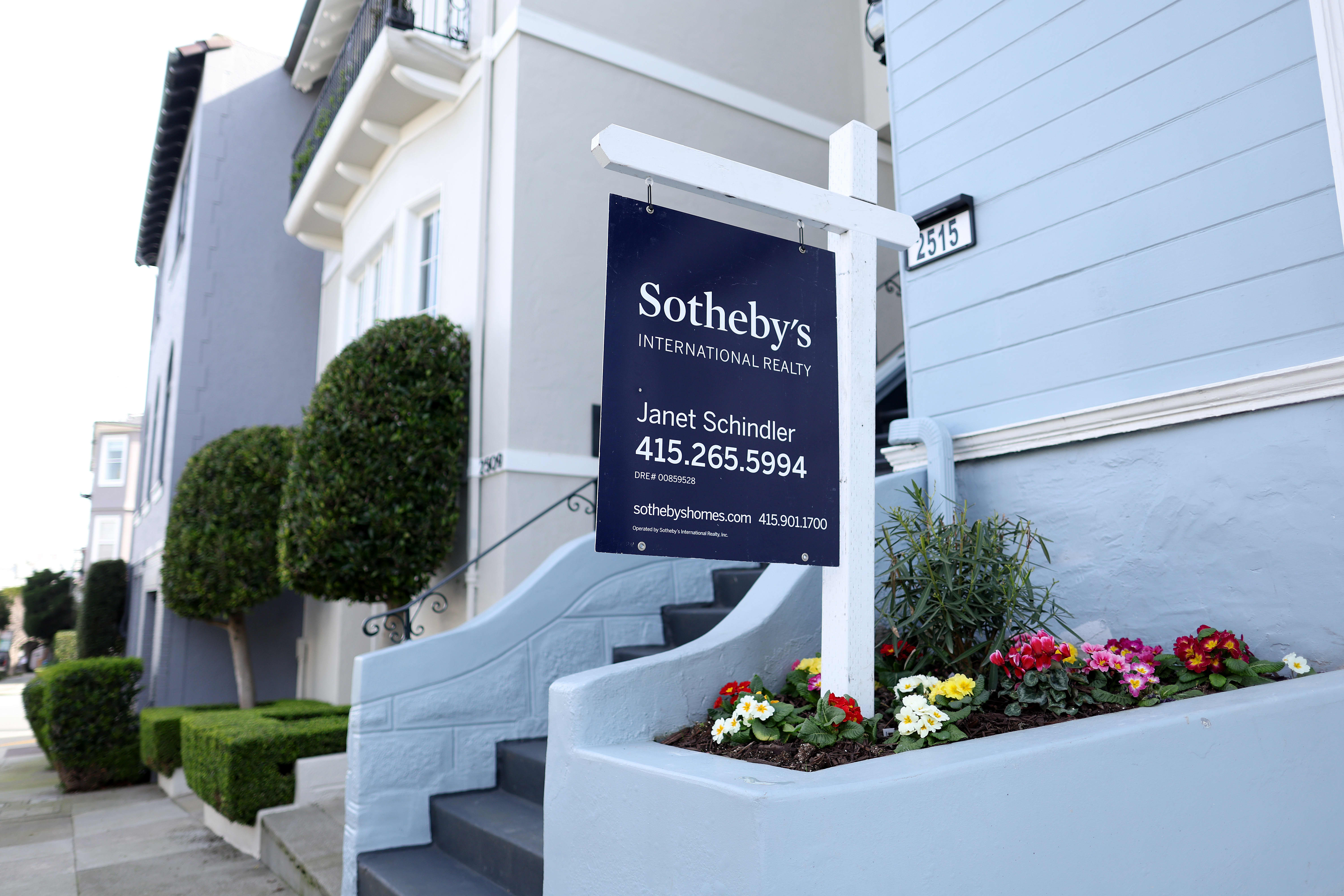Affordability remained a particular worry last year for Black and Latino home buyers in San Diego County, as home prices soared to record highs and interest rates jumped to levels not seen in more than a decade, the California Association of Realtors reported Wednesday.
In San Diego County, a minimum annual income of $206,800 was needed to qualify for the purchase of a $911,000 median-priced, existing single-family home in 2022, assuming a 20% down payment. The monthly payment, including taxes and insurance on a 30-year, fixed-rate loan, would be $5,170, the association determined.
CAR also found that San Diego County had an 11% affordability gap between Black people and the overall population last year. For Latino households, the association reported the affordability gap was 9% in 2022.
Get San Diego local news, weather forecasts, sports and lifestyle stories to your inbox. Sign up for NBC San Diego newsletters.
At an affordability index of 7%, San Diego was among the least affordable counties in California for Black households last year, according to CAR. The Latino affordability rate was 9%, compared to 23% for Asians and 22% for the white/non-Hispanic population.
Throughout the state, 21% of residents earned the minimum income needed to purchase an $822,320 median-priced home in 2022, down from 27% in 2021. At the same time, housing affordability for white/non-Latino households fell from 32% in 2021 to 26% last year, according to the association.
Related Stories
Meanwhile, 12% of Black and Latino households could afford the same median-priced home in 2022, down from 16% and 17% in 2021, respectively. The significant difference in housing affordability for Black and Latino households illustrates the homeownership gap and wealth disparity for communities of color, which could worsen as the economy slows and rates remain elevated this year, CAR said.
Housing affordability statewide was better for Asians but also declined from the prior year, with the index registering 31% of Asian homebuyers who could afford the median-priced home in 2022, down from 38% in 2021, according to the association's Housing Affordability Index.
CAR reported that the housing affordability gap between Blacks and the overall population in California improved from 11.7 percentage points in 2021 to 9.8 percentage points in 2022, while the gap for Latinos improved from 10.5 percentage points in 2021 to 9.4 percentage points in 2022.
According to the Census Bureau's American Community Survey, the 2021 homeownership rate for all Californians was 55%, 63% for whites, 60% for Asians, 44% for Latinos and 37% for Blacks.
A minimum annual income of $186,800 was needed to qualify for the purchase of the $822,320 statewide median-priced, existing single-family home in 2022, CAR determined.
The monthly payment, including taxes and insurance on a 30-year, fixed-rate loan, would be $4,670, assuming a 20% down payment and an effective composite interest rate of 5.47%. The 2022 California median income for whites was $105,640, $120,040 for Asians, $76,310 for Latinos and $64,190 for Blacks -- an income gap of nearly one-third that of the overall population, which was $93,380, CAR reported.
A separate report from SmartAsset says you need a salary of at least $79,324 to live "comfortably" in the San DIeog Metro area.
Kevin and Charissa Pitre moved to Chula Vista from out of state looking to settle in an owned property where they could live out their retirement, but they saw firsthand how a record prices and quick-rising interest rates left them priced out.
"In three months, 90 days, interest rates went up to 6.3%," Kevin Pitre said. "At that point, I knew it was over. There was no way we could afford that."
The homeownership gap and disparity for communities of color could widen if the economy slows and rates remain high.
"There is definitely a disparity. However, it's just right now, financially, it's a struggle for a lot of people," realtor Destiny Roxas said.
She said she's noticed an increase in families chipping in to help with down payments, especially in this higher interest rate environment. She's also hoping the California Dream For All program will help. It's a down payment assistance plan that just launched late last month.
"I definitely think it's an opportunity and a doorway that, you know, in so many different times in the past, a lot of people, people of color have felt like that doorway was shut or just barely open. So I think this is a great way to kick the door open to home ownership," Roxas said.



